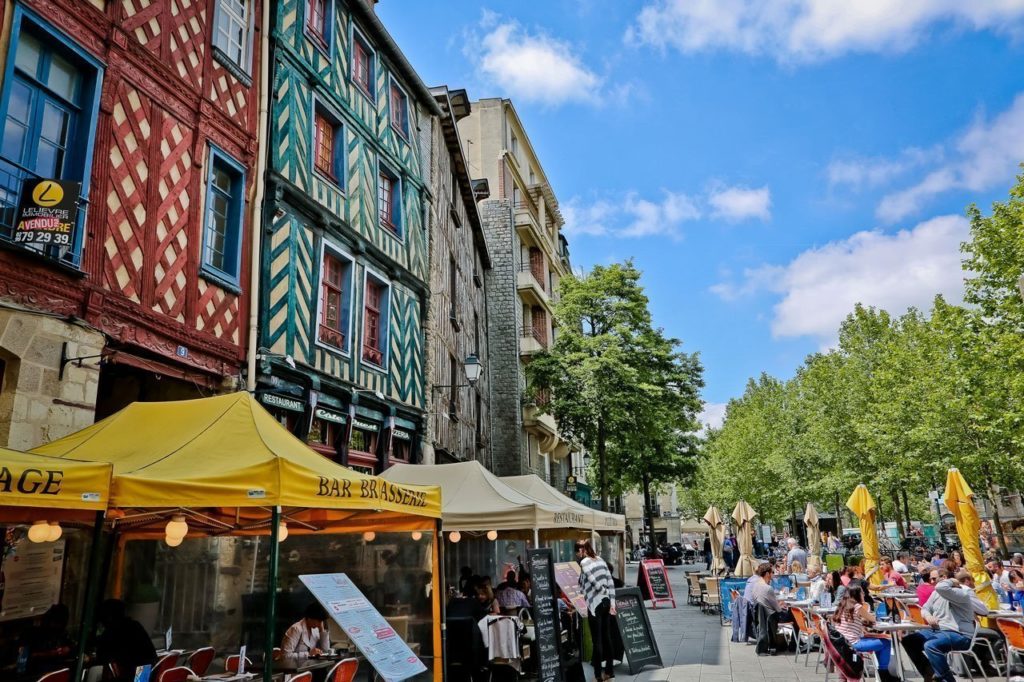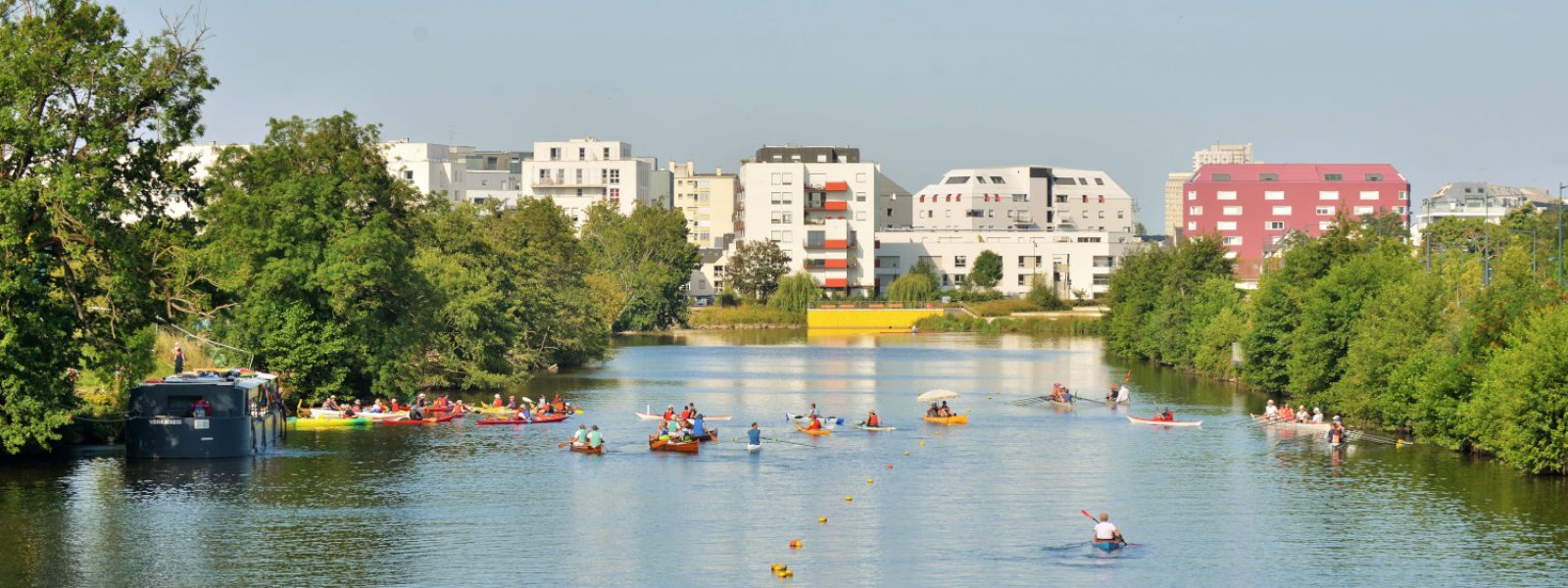The 4th edition of the Baromètre d’attractivité des métropoles françaises et du dynamisme des territoire (Ranking of the attractiveness of French cities and dynamism of territories) published by the Arthur Loyd network named Rennes as France’s most attractive major city in 2020. This is fantastic news for the city, which was only 4th in the 2017 edition.
According to the experts at the Arthur Loyd firm, the Breton capital has been boosted by the arrival of the high-speed railway. In addition, it has overtaken its rival of old, Nantes, by reaching, for the first time, first place in the “major cities” category, which includes eight other cities: Montpellier (3rd), Strasbourg, Grenoble, Saint-Etienne, Avignon, Toulon, Rouen and Douai-Lens. Its leading position has been earned in several rankings:
- No. 1 in the ranking of most attractive cities (excluding very large cities)
- No. 1 for tertiary real estate and hosting companies
- No. 2 in economic performance
- No. 3 in the “connectivity, human capital & innovation” criteria
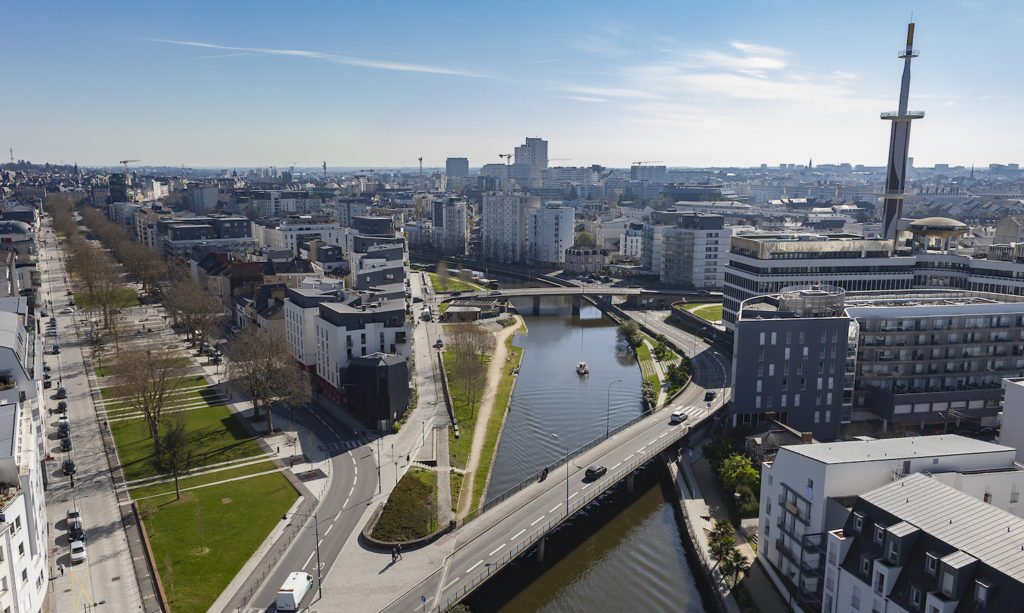
Attractive tertiary real estate
Although it has already been recognised on multiple occasions for its quality of life, Rennes owes this new first place to an improvement in its economic results and in tertiary real estate. The arrival of the high-speed railway stimulated its EuroRennes business district, where the construction of new buildings made it possible to establish companies such as Biocoop and Niji, which has moved its headquarters there.
In this ranking that focuses on real estate, Rennes saw its results fall on quality of life. This is surprising when we know that the city is regularly at the top, or in a very good position, in rankings for this criteria. In reality, there is one specific point on which it loses points: housing costs. Although it is very well recognised for its environmental management thanks to lower pollution, it falls down on the cost of accommodation. The city is paying for its increased appeal with a predictable and inevitable increase in prices for homes.
Some key dates used by the Arthur Loyd Baromètre:
- 2002: the first metro line is put into service
- 2003: start of construction for the La Courrouze eco-district
- 2017: arrival of the Brittany-Pays de Loire high-speed railway
- (2021: the second metro line is put into service)
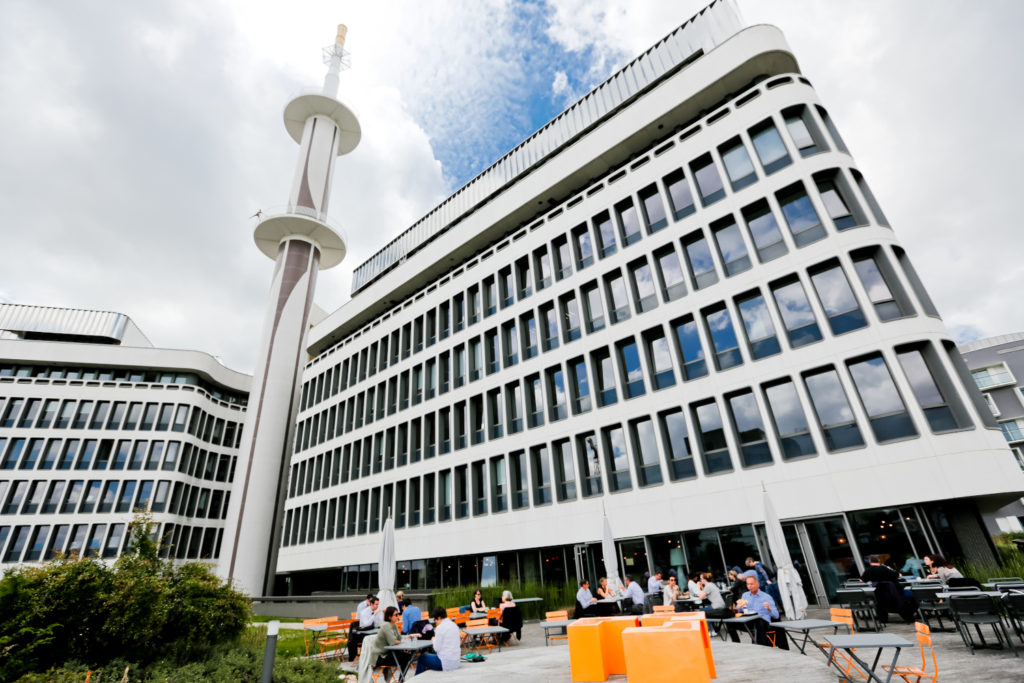
Economic dynamism dedicated to innovation
We report a strong increase in the amount of funds raised by start-ups in the region, thus demonstrating the vitality of regional ecosystems. Start-ups recorded a 26% increase in the number of operations in 2019, compared to +7% in Ile-de-France. This significant acceleration is proof that its actors have become more visible to investors.
In this regard, Rennes Métropole is playing its cards right, including 28 campaigns for raising start-up funds in 2019 totalling €83.3 million, which is far more than in urban areas of the same size, such as Nantes, Lille or Montpellier and much more than very large cities: Lyon and Bordeaux. It is thus closer to Grenoble, which has raised a total of €99.2 million in funds (with around 84,000 more residents than Rennes in 2017).
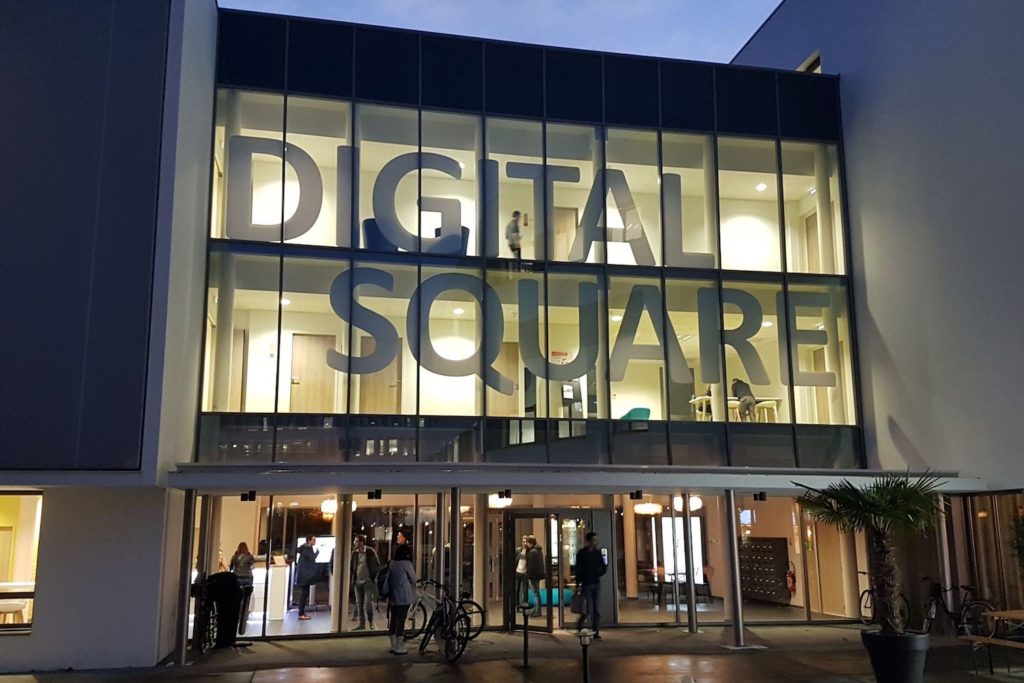
Even if Ile-de-France has remained largely ahead in terms of amounts invested with an average of €6.5 million compared to €4.7 million in the regions and an accumulated amount of €2.33 billion in 2019 compared to €89 million outside Ile-de-France, these investments have had beneficial impacts for regional cities by allowing them to host regional offices of rapidly growing Parisian companies, with recruitment playing a key role.
Brittany in an excellent position
It should be noted that there was another Breton city on the podium, in the category “medium-sized cities”. Brest took a very strong third place in the list of winning medium-sized cities, nabbing what had been Clermont-Ferrand’s spot for several years. Brest is being rewarded for its excellent economic results in the criteria of “Connectivity, human capital and innovation” (it had notably been recognised in terms of its demographic and the presence of talented candidates), as well as in terms of tertiary real estate and hosting companies. It also attracts a young population and is valued for its quality of life and attractive housing costs.
